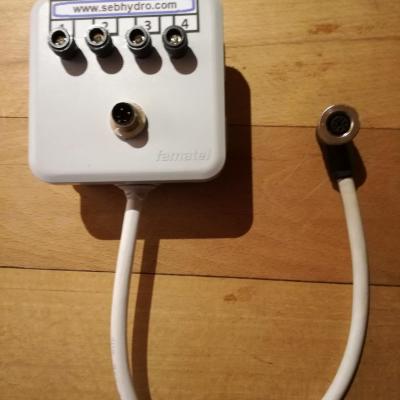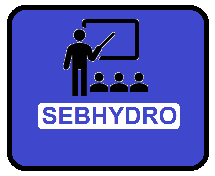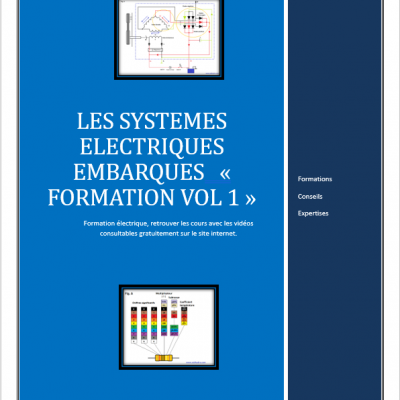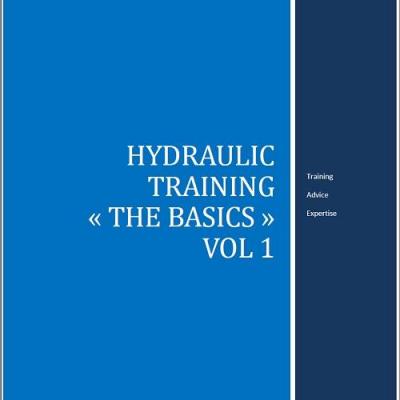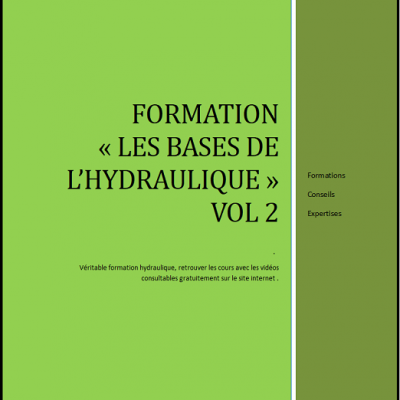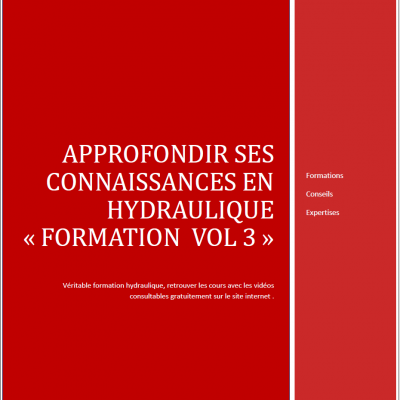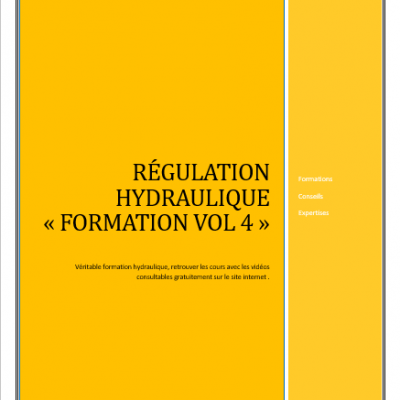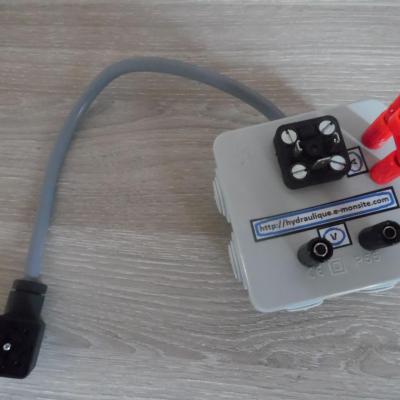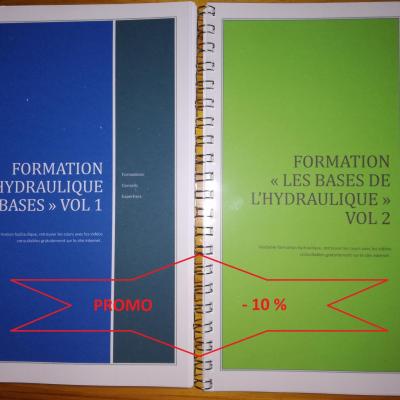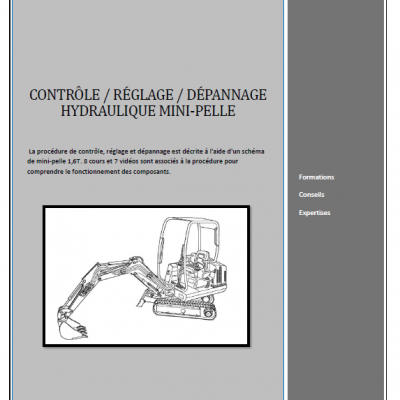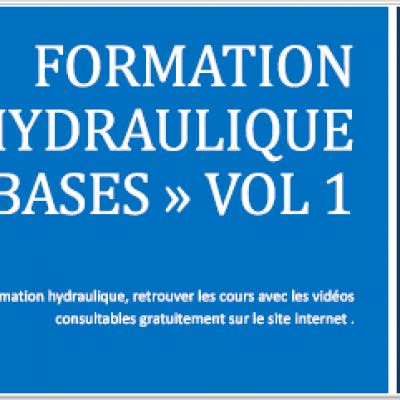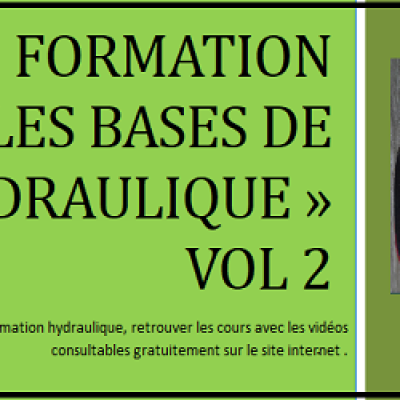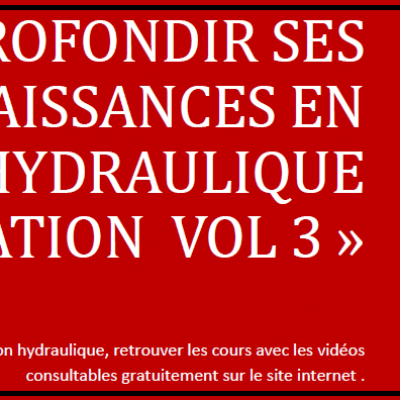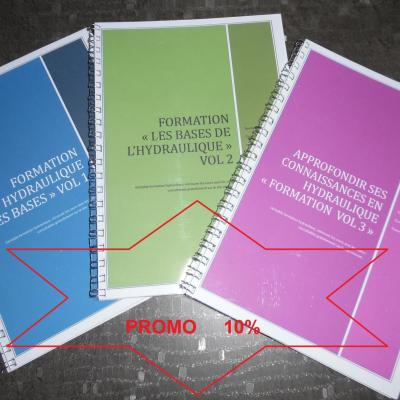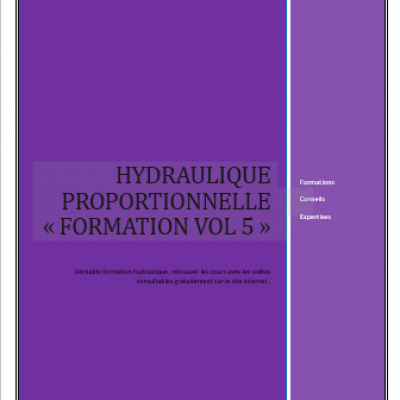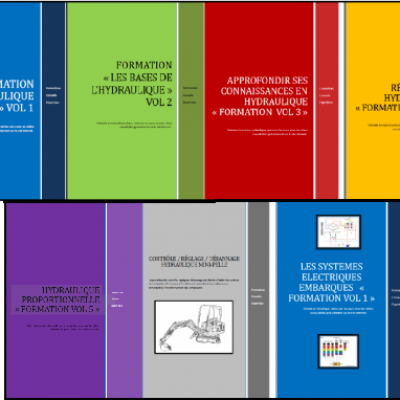This is the fluidity of the oil controlled at a temperature of 40°C. Viscosity may vary depending on:
- Pollution (increase or decrease)
- From an oxidation (increase)
- Thermal cracking (decrease)
The visual aspect (transparency, deposits) does not confirm that the oil is not contaminated, but it can provide information on pollution by another fluid.
- Insoluble content: (in % by weight)
This measurement quantifies the solid impurities retained by filtration (5 micron millipore filter).
These pollution particles can come from external contamination or wear metals.
The "insoluble" particles are suspended in the oil. This measurement may differ from results determined by spectrometry.
- Content of elements: (ppm)
Spectrometry makes it possible to know the contents of elements. This method doses the chemical elements present in the form of particles with a size of less than 5 microns.
The chemical elements can come from additives present in the oil, wear pollution.
- Water content: (ppm or % weight)
0.05% water in oil is the acceptable limit in hydraulic circuits.
This measurement gives the number of mg of potash necessary to neutralize the acid compounds present in the oil.
Oxidation of the fluid increases the acid number.
This is the temperature to which a sample of oil must be brought for its vapors to ignite on contact with a source of ignition.
A drop in the flash point can be the consequence of pollution by solvent or degradation of the fluid by cracking.
Counting can be done by different methods. The result is expressed in the form of pollution classes according to ISO or SAE standards.
Property possessed by an insulating oil to prevent the formation of an arc under the effect of an electric field.
It is the oil's ability to release the air previously introduced by mechanical agitation. (Foam formation)
The aeration of an oil can cause the following problems:
- Break the oil film.
- Accelerate oil oxidation.
- Increase oil compressibility.
- Interfere with the operation of the hydraulic controls.
- Cavitation phenomenon.
The causes of poor deaeration:
- Of pollution.
- Oil aging.
- An emulsion (mixture with another oil).
